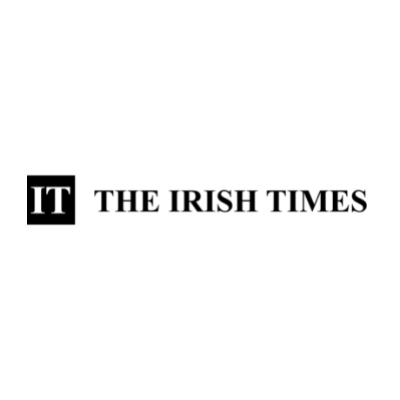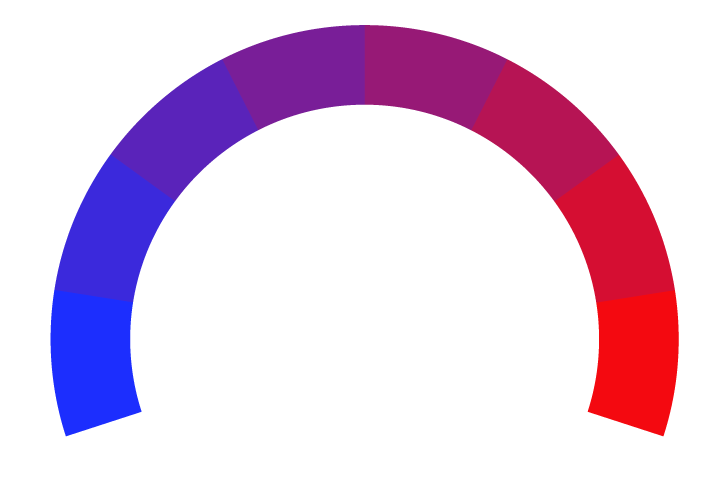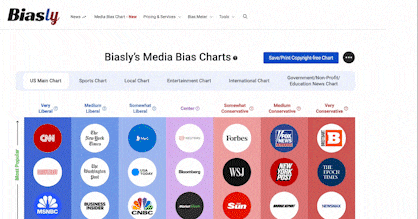 The Irish Times Article Rating
The Irish Times Article RatingDocuments on Irish Foreign Policy (Vol 14) 1969-73: The North, above all else, required the Department of Foreign Affairs to up its game
- Bias Rating
6% Center
- Reliability
60% ReliableAverage
- Policy Leaning
6% Center
- Politician Portrayal
N/A
Continue For Free
Create your free account to see the in-depth bias analytics and more.
Continue
Continue
By creating an account, you agree to our Terms and Privacy Policy, and subscribe to email updates. Already a member: Log inBias Score Analysis
The A.I. bias rating includes policy and politician portrayal leanings based on the author’s tone found in the article using machine learning. Bias scores are on a scale of -100% to 100% with higher negative scores being more liberal and higher positive scores being more conservative, and 0% being neutral.
Sentiments
25% Positive
- Liberal
- Conservative
| Sentence | Sentiment | Bias |
|---|---|---|
Unlock this feature by upgrading to the Pro plan. | ||
Reliability Score Analysis
Policy Leaning Analysis
Politician Portrayal Analysis
Bias Meter
Extremely
Liberal
Very
Liberal
Moderately
Liberal
Somewhat Liberal
Center
Somewhat Conservative
Moderately
Conservative
Very
Conservative
Extremely
Conservative
-100%
Liberal
100%
Conservative

Contributing sentiments towards policy:
57% : Rebuffed, Dublin became more active on the international stage, through its consulates and at the United Nations, hoping to get London to involve it in concerted action to stabilise the situation.52% : This volume covers 1969-73, when the scope of Irish foreign policy widened, not least through entry into the European Economic Community.
38% : In late July, Whitelaw raised with Patrick Hillery, minister for foreign affairs, "the question of political movement in the IRA", suggested that Dáithí O'Connell "might be the man to lead it" (not Seán Mac Stiofáin), and hinted that Dublin might help in that regard.
*Our bias meter rating uses data science including sentiment analysis, machine learning and our proprietary algorithm for determining biases in news articles. Bias scores are on a scale of -100% to 100% with higher negative scores being more liberal and higher positive scores being more conservative, and 0% being neutral. The rating is an independent analysis and is not affiliated nor sponsored by the news source or any other organization.
























